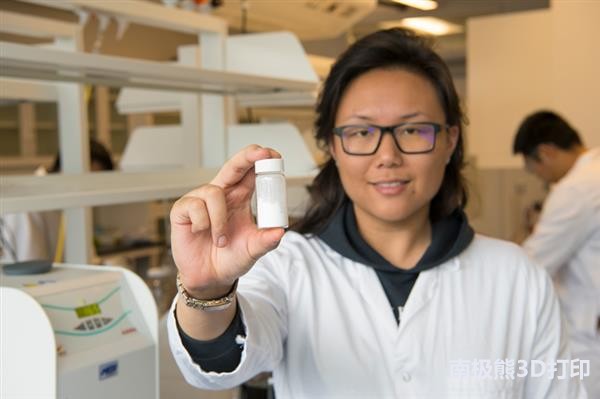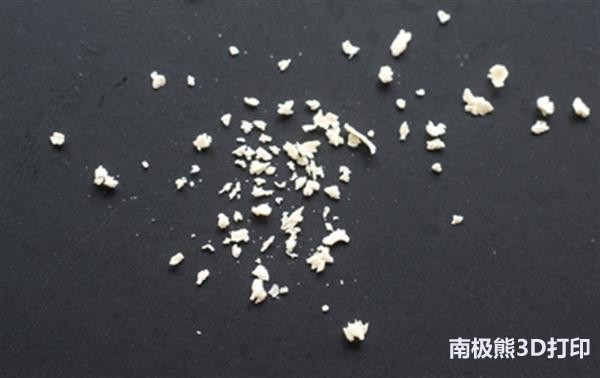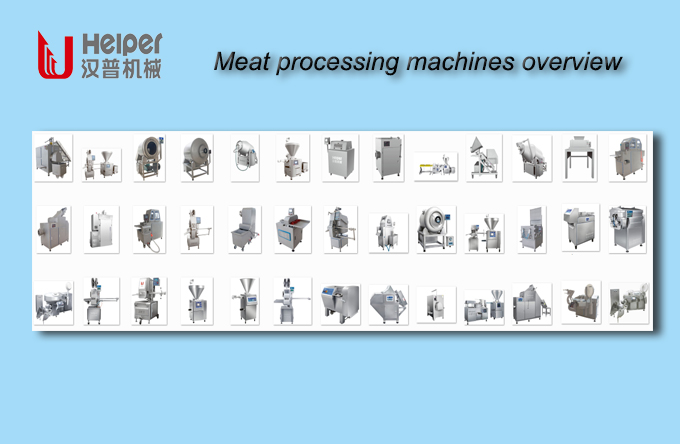Genecis, a student startup founded by engineers and graduates from Toronto's Scarborough (UTSC), is turning restaurant food waste into biodegradable plastics (PHA) for toys, flexible packaging, 3D printed wire and medical applications.

LunaYu, founder and CEO of Genecis, said: “The value of food that is wasted globally is more than $1 trillion a year. All we can do is turn these wastes into higher value things.â€
After completing her undergraduate and master's degrees at UTSC, she met several talented engineers at start-ups, converting food waste from restaurants into biogas and learning about microbiology that turned waste into other materials. Soon after, she collaborated with environmental science experts at TheHub, a startup incubator in TScarborough, to identify other products that could be made from food waste.
“We have studied different types of bio-rubbers and bio-chemicals before, and we feel that PHA has the greatest market potential.â€


PHA or polyhydroxyalkanoate is a high quality biodegradable polymer produced by bacteria that has many advantages over other forms of bioplastics. They can be thermoplastics, which means they can be easily molded and reshaped into different products. In addition, unlike many other forms of bioplastics, it does not destroy the recycling process.
“Many people throw bioplastics into recycling bins instead of composting, but if it's not thermoplastic, it can't be reshaped,†says Yu. “This will destroy the physical properties of the new recycled products – they will eventually collapse.†But if PHA accidentally enters the recycling bin, PHA will not cause this problem.
PHA degrades in a terrestrial environment within one year and is less than 10 years in the marine environment. At the same time, synthetic plastics can take hundreds of years to degrade in similar environments.
Genecis uses a three-step process to produce its PHA. First, they use a mixture of anaerobic (anaerobic) bacteria to break down food waste into volatile fatty acids, similar to how food breaks down in the stomach. Next, the fatty acids are added to a mixed culture of aerobic (and oxygen) bacteria that are specifically selected to produce PHA in their cells. Finally, they use the extraction process to break the cells, collect and purify the plastic.
From food waste to purified plastic, the entire process takes less than seven days, and a similar process for producing biogas takes an average of 21 days.
Genecis currently has two locations. Their main laboratories are located in TofBanting and BestBuilding, working with pilot-scale bioreactors and another in the Environmental Science and Chemistry Building in UofTScarborough for research and development. The company will open its demonstration plant later next year and will convert 3 tons of organic waste into PHA per week.

A small bioreactor at the Genecis laboratory in UofTScarborough to help optimize its production process.
“We are fine-tuning to find the best conditions for handling bacterial cultures,†said VaniSankar, a biotechnology director at Genecis and a postdoctoral fellow at UofTScarborough. “This includes a combination of temperature, pH and amount of food that will give us the best yield.â€
In less than two years of operation, Genecis has won more than $330,000 in prize money from the start-up competition. Genecis is using bonuses to build prototypes of automated machines that can collect and process organic materials on site. Yu said after completion that a machine can offset 243 tons of carbon dioxide emissions per year. “Standard passenger cars release 4.7 tons of carbon dioxide a year, which means that a restaurant can offset the emissions of 51.7 cars with just one of our machines,†added Yu.
At the same time, Genecis cultivated and isolated hundreds of bacteria that are not currently present in the database.
“Soon we will be able to synthesize specialty chemicals and other materials from organic waste, all of which are less expensive than traditional methods of using synthetic biology,†she said.
Yu said these specialty chemicals can be used in a variety of products, including cosmetics and health care. “For us, this is a very exciting time.â€
As one of the earliest enterprises specializing in meat food processing machinery, Helper Group integrates research and development, production, sales and service in the modern management system. Our company has now set up scores of equipment used in the field of meat processing such as frozen meat breaker series, meat block grinder series, chopper and mixer series, saline injector series, tumbling machine series, smoke oven series, filling machine series, sausage linker series, clips tying machine series etc.We also provide sausage lines,vacuum sausage filler,vacuum stuffer.

Sausage Separator Series,Chopper And Mixer Series,Clipping System Solutions,Sausage Lines,Vacuum Sausage Filler,Vacuum Stuffer
Helper Machinery Group Co., Ltd. , https://www.helperfoodmachiney.com